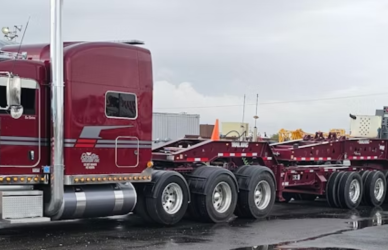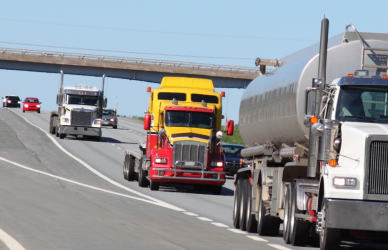As the U.S. freight market experiences a lull, shippers are looking for ways to cut costs while carriers aim to fill empty trailers. The solution? Dynamic pricing technology.
ABF Freight System, a subsidiary of ArcBest, managed to increase shipments and tonnage by 2% year-over-year in May, thanks to their dynamic pricing program. In contrast, many of their competitors saw a decline in shipments by high-single-digit percentages.
Even amidst a reduction in shipping volumes by larger customers, ABF’s program “has been effective in optimizing revenue and managing to more consistent business levels by filling available capacity in our network during this weaker economic environment,” as reported to the U.S. Securities and Exchange Commission by ArcBest. Discover how this innovative pricing strategy is transforming the U.S. LTL market.
“Profitable dynamic LTL-rates business drove shipment and tonnage growth, which was offset by lower demand from core accounts,” ArcBest said in the report.
Despite being around for years, dynamic pricing technology has faced resistance from larger companies moving high volumes of LTL freight.
“The size and scope of customers using dynamic pricing varies,” Dennis Anderson, ArcBest chief strategy officer, told the Journal of Commerce. “It really centers around how they route their freight. Shippers that make individual shipment routing decisions are most likely to be users of dynamic LTL pricing.”
“There are still a large number of shippers who prefer pre-negotiated or contracted pricing based on the way they procure LTL transportation,” Anderson said.
Logistics managers are under pressure to lower transportation costs after two years of high truckload and LTL rates and supply chain disruptions. This situation presents an opportunity for carriers to use dynamic pricing technology to keep their trailers running full and for shippers to find savings. LTL carriers can use dynamic pricing to fine-tune operations, particularly in lanes where they are light to optimize around bigger accounts.
Widespread adoption of APIs makes dynamic transactional pricing much easier. ABF increased shipments and tonnage, while other LTL carriers reported volume declines. However, contractual LTL rates are not falling, and core LTL-rated business prices, excluding fuel surcharges, increased in May according to ArcBest. Dynamic pricing is not solely driven by the market, according to Anderson.
“We built our dynamic pricing offering with economic ups and downs and the ever-present potential for unexpected supply chain disruptions in mind,” he said. “We implemented it prior to the pandemic, so we have seen usage of it in a wide range of market conditions.”
Technology is altering the way shippers approach purchasing transportation. Advancements in technology have enabled shippers to manage transportation more precisely, allowing them to evaluate specific pricing in particular lanes on particular days of the week.
“Dynamic LTL pricing enables us to better serve our customers who make individual shipment routing decisions while also profitably filling capacity,” Anderson said. “We’ll continue to listen to our customers and respond to their specific needs.”
Source: Journal of Commerce











